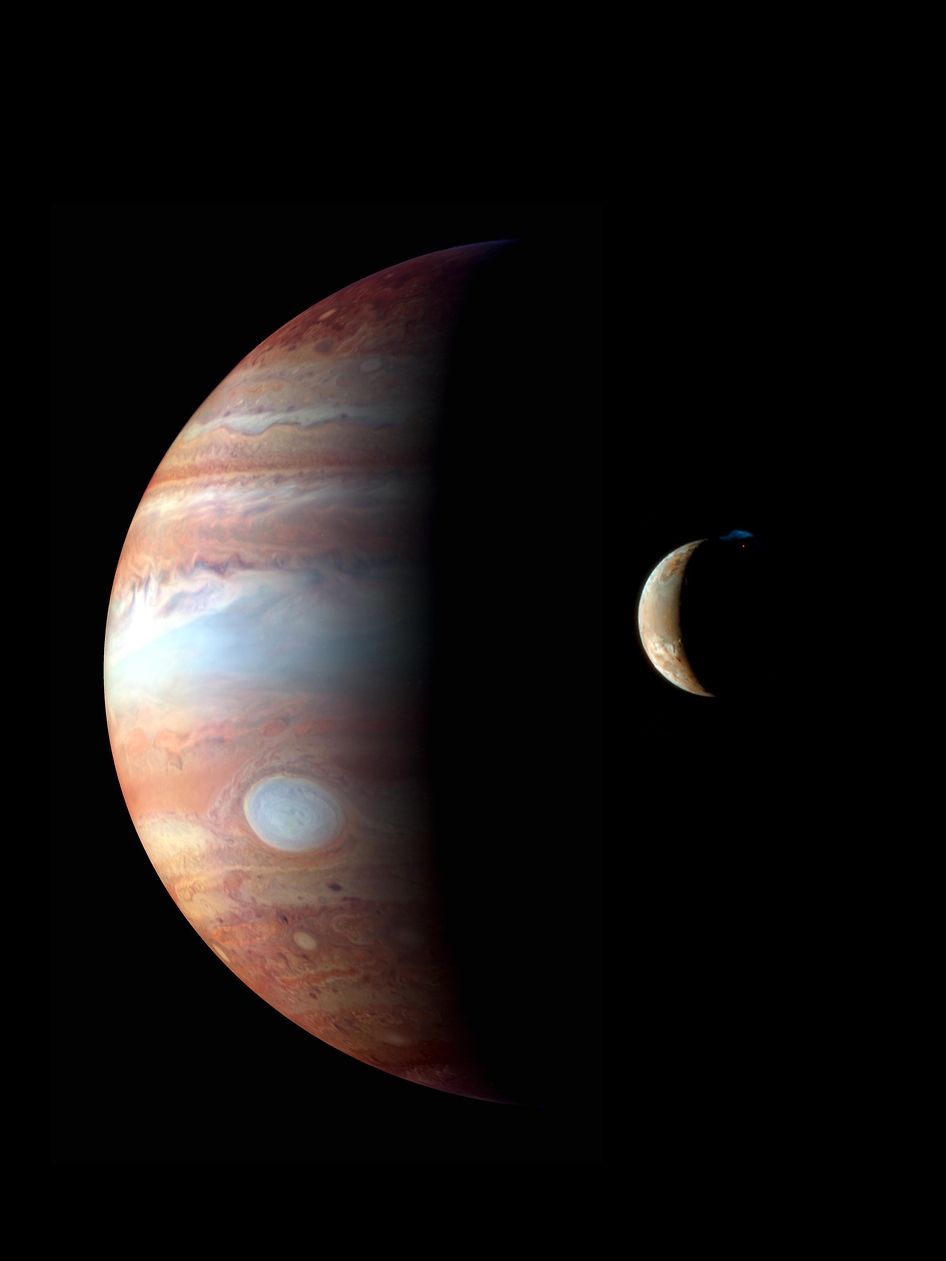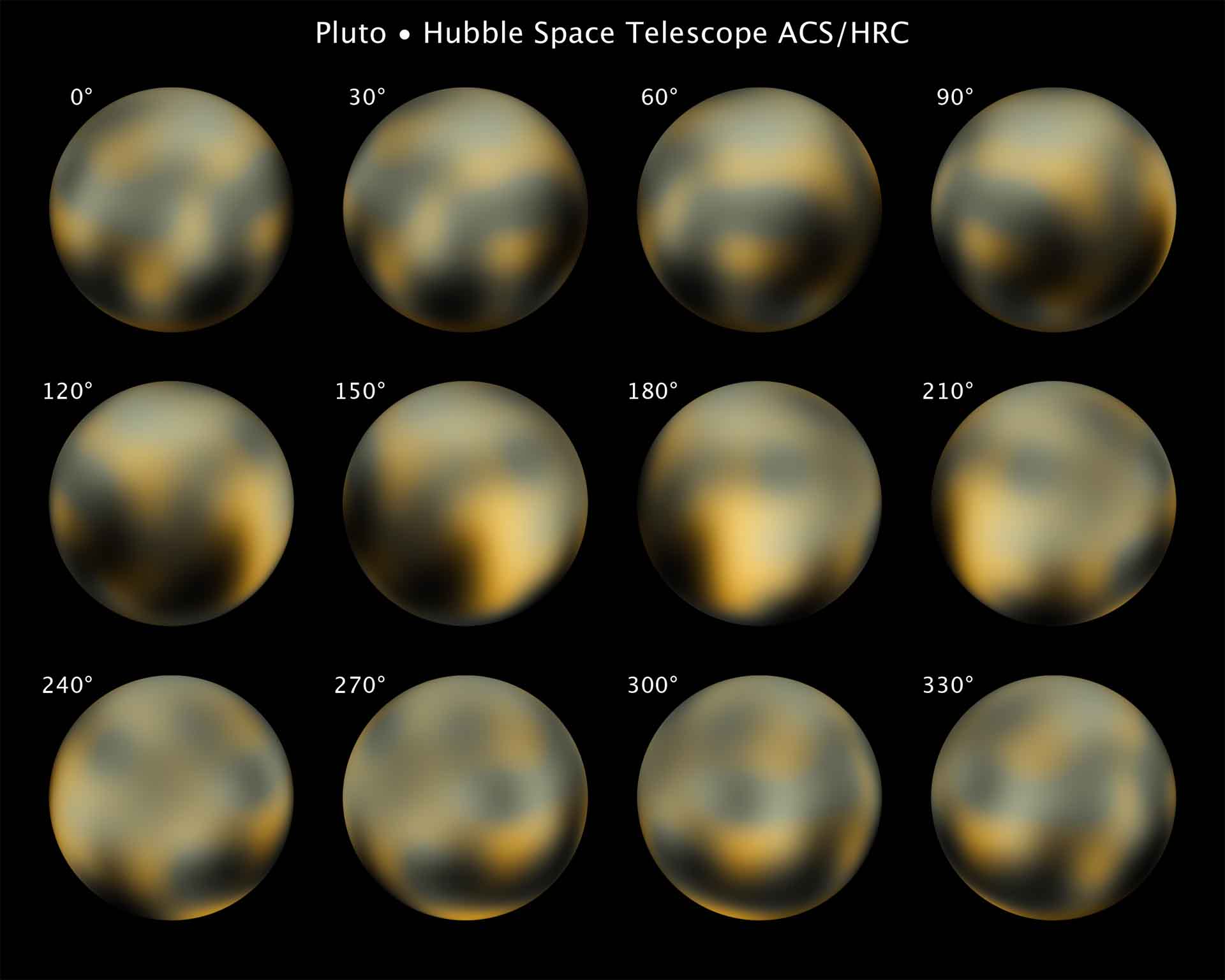New Horizons
Mission Timeline
The New Horizons mission timeline was carefully devised so as to minimize travel time to Pluto. The fastest way to get to Pluto was to determine a route that took the spacecraft past Jupiter. The spacecraft would then receive a gravitational assist from Jupiter that would serve to “slingshot” it out to Pluto and beyond.
- June 8, 2001: New Horizons mission approved by NASA
- January 19, 2006: Launch of the New Horizons spacecraft
- January 19, 2006: Moon orbit crossed 9 hours after launch (Apollo astronauts took 3 days)
- April 7, 2006: Mars orbit crossed
- June 13, 2006: Flyby of asteroid 132524 APL
- February 28, 2007: Jupiter flyby and gravitational assist
- June 27, 2007: Spacecraft enters into sleep mode / hibernation
- June 8, 2008: Saturn orbit crossed
- February 25, 2010: Halfway point in distance between Earth and Pluto is reached
- October 15, 2010: Halfway point in travel time between Earth and Pluto is reached
- March 18, 2011: Uranus orbit crossed
- August 25, 2014: Neptune orbit crossed
- December 6, 2014: Spacecraft wakes up from sleep mode / hibernation
- July 14, 2015: Closest approach to Pluto and its moons
- Summer 2015: Final selection of KBO candidate(s)
- Fall 2015: Final engine burn to reach KBO candidate(s)
- Mid-2018–mid-2019: Flyby of KBO candidate(s)
- 2026: End of mission
- 2038: 100 AU from Sun – if still operating, explores the outer heliosphere
The Changing Surface of Pluto
Pluto has a surface whose appearance changes over time. Large changes in both brightness and color indicate that Pluto has a varied surface. In addition, some of these surface changes are thought to be linked to seasonal condensation of portions of Pluto’s atmosphere.

